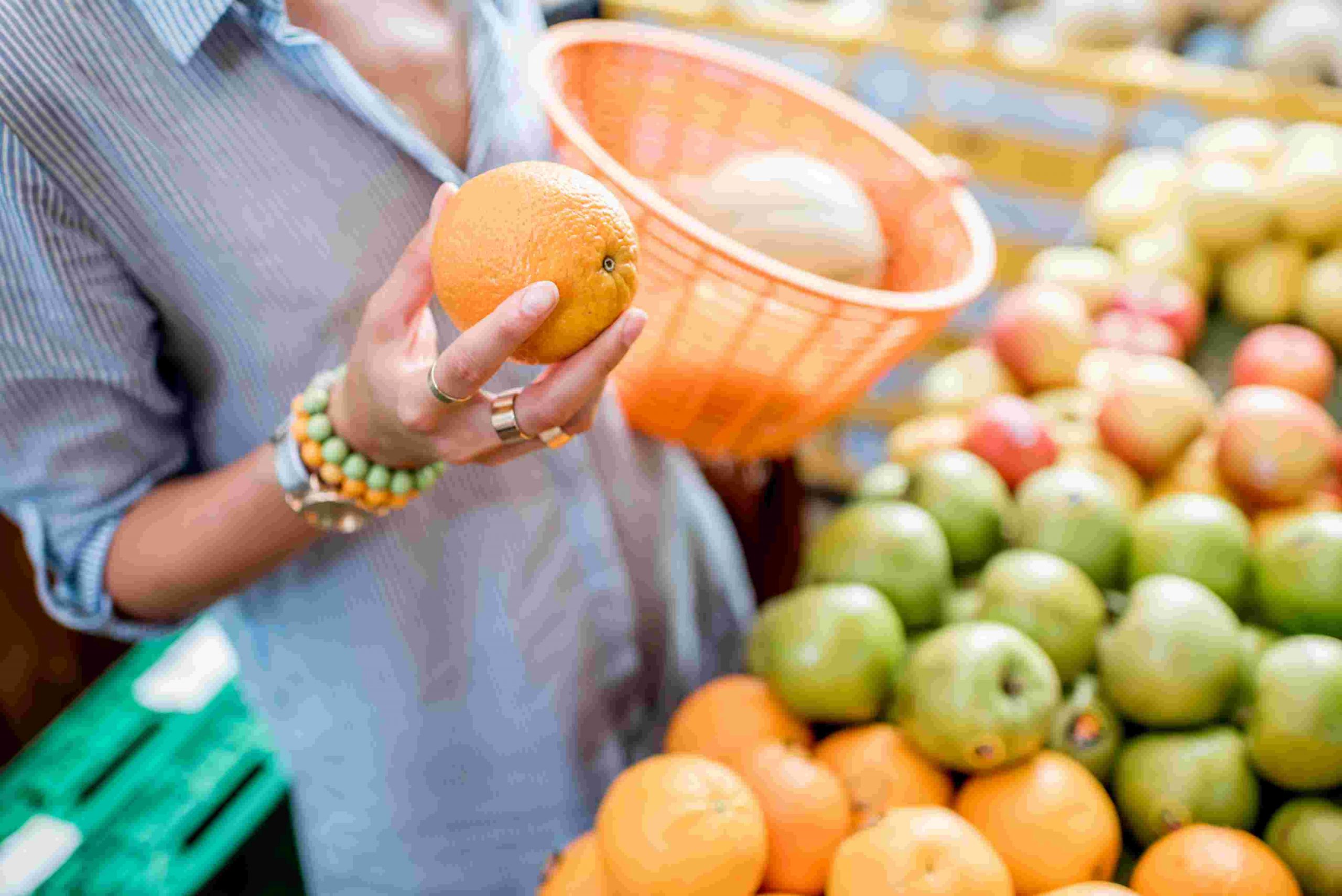What Are Some Solutions For Food?

Hey there, foodies! Are you tired of constantly hearing about the problems with our current food system? Well, I have some good news for you – today we’re going to be talking about solutions.
That’s right, we’re going to explore some innovative ideas and strategies that could help us create a more sustainable and equitable food system.
First things first, let’s acknowledge the challenges we face. From climate change to economic inequality, from soil degradation to food waste, it’s clear that our current way of producing and consuming food is unsustainable on multiple fronts.
But fear not! There are countless individuals and organizations working tirelessly to address these issues and develop alternative models for how we grow, distribute, and enjoy our food. So without further ado, let’s dive into what some of those solutions might look like.
Sustainable Agriculture Practices
As the world’s population continues to grow, it becomes increasingly important that we find sustainable solutions for food production. One solution is regenerative agriculture – a farming method that prioritizes soil health and biodiversity by using natural techniques such as crop rotation and composting. This approach not only produces healthier crops but also helps mitigate climate change by sequestering carbon in the soil.
Another solution is urban farming, which involves growing food in cities through methods like rooftop gardens and hydroponics. Urban farming has numerous benefits, including reducing transportation emissions from shipping produce long distances and providing fresh fruits and vegetables to areas with limited access to healthy foods.
Additionally, urban farms can serve as community spaces, bringing people together around a shared interest in local, sustainable food production. By embracing regenerative agriculture practices and promoting urban farming initiatives, we can work towards creating a more sustainable future for our food systems.
These solutions offer promising ways to both meet increasing demand for food while also protecting our planet’s resources for generations to come.

Reducing Food Waste
As we’ve learned, sustainable agriculture practices are crucial for ensuring that our food supply is not only abundant but also healthy. But what happens to the food that’s already been produced and ends up going to waste? This is where reducing food waste comes into play.
Reducing food waste can be achieved through a combination of individual actions and larger-scale initiatives. Here are some solutions:
- Collaborative consumption: sharing resources with others in your community can help reduce overall waste.
- Composting initiatives: turning food scraps into nutrient-rich soil instead of sending them to landfills helps reduce methane emissions and creates healthier gardens.
- Awareness campaigns: educating individuals on how to properly store and prepare their food can go a long way in reducing unnecessary waste.
- Donating excess food: rather than throwing out perfectly good food, consider donating it to local organizations or shelters.
By addressing both sustainable agricultural practices and reducing food waste, we can create a more efficient and responsible system when it comes to feeding ourselves and future generations.
It’s important that we all do our part in taking care of the planet and each other.
Promoting Food Equity And Access
While there are many solutions for food, promoting equity and access is an essential aspect.
Community partnerships play a vital role in increasing access to healthy foods by providing fresh produce options in areas that lack them. These collaborations between local communities, farmers markets, and grocery stores can help address the issue of food deserts while also supporting small businesses.
Another solution is government funding programs aimed at improving access to nutritious foods for low-income families. Programs such as SNAP (Supplemental Nutrition Assistance Program) have been successful in reducing hunger among children and adults living below the poverty line.
Additionally, subsidies for farmers who grow healthy fruits and vegetables can make these items more affordable for consumers and reduce reliance on less healthy processed foods.
By working together through community partnerships and utilizing government funding programs, we can promote food equity and increase access to healthy options for all individuals, regardless of their socioeconomic status.
It’s time to prioritize our health by prioritizing equitable access to nutritious foods.
Innovation In Food Technology
As our world continues to grapple with issues surrounding food sustainability, innovation in food technology has emerged as a promising solution. Plant-based alternatives and lab-grown meat are two examples of how advancements in science can offer new approaches to feeding the planet.
- Health: One major benefit of plant-based alternatives is their positive impact on human health. Studies have shown that diets primarily composed of plant-based foods can reduce the risk of chronic diseases such as heart disease and cancer.
- Environment: The environmental benefits of plant-based alternatives cannot be overstated. Deforestation for livestock grazing and feed production contributes significantly to greenhouse gas emissions and loss of biodiversity.
- Ethics: Lab-grown meat provides an ethical alternative to traditional animal farming practices by eliminating the need for animals to suffer in cramped conditions or face inhumane slaughter methods.
- Efficiency: Lab-grown meat also offers greater efficiency compared to traditional animal farming methods, requiring less land, water, and feed resources.
While these innovations may not completely replace traditional meat products, they provide exciting opportunities for consumers who seek more sustainable options without sacrificing taste or nutrition.
As we continue to explore new pathways towards a more sustainable future, it’s clear that food technology will play a vital role in creating solutions for global challenges related to hunger, health, and the environment.
Conclusion
In conclusion, there are a variety of solutions available to address the many challenges facing our food system. Sustainable agriculture practices like crop rotation and cover cropping can help build healthy soil while reducing the need for harmful chemicals.
Reducing food waste through composting and donation programs ensures that food gets put to good use instead of ending up in landfills. Promoting food equity and access is also crucial in ensuring that everyone has access to nutritious food regardless of their income or location.
Finally, innovation in food technology can lead to exciting advancements such as lab-grown meat and plant-based alternatives that offer sustainable options for consumers. Did you know that according to Feeding America, over 37 million people face hunger in the United States?
This staggering statistic highlights the importance of finding effective solutions for addressing issues related to our food system. By implementing sustainable practices, reducing waste, promoting equity and access, and innovating with new technologies, we have the power to create a more just and equitable food system for all.
As a writer focused on food solutions, I am excited by the possibilities ahead and remain committed to exploring new ideas for building a healthier future for us all.


